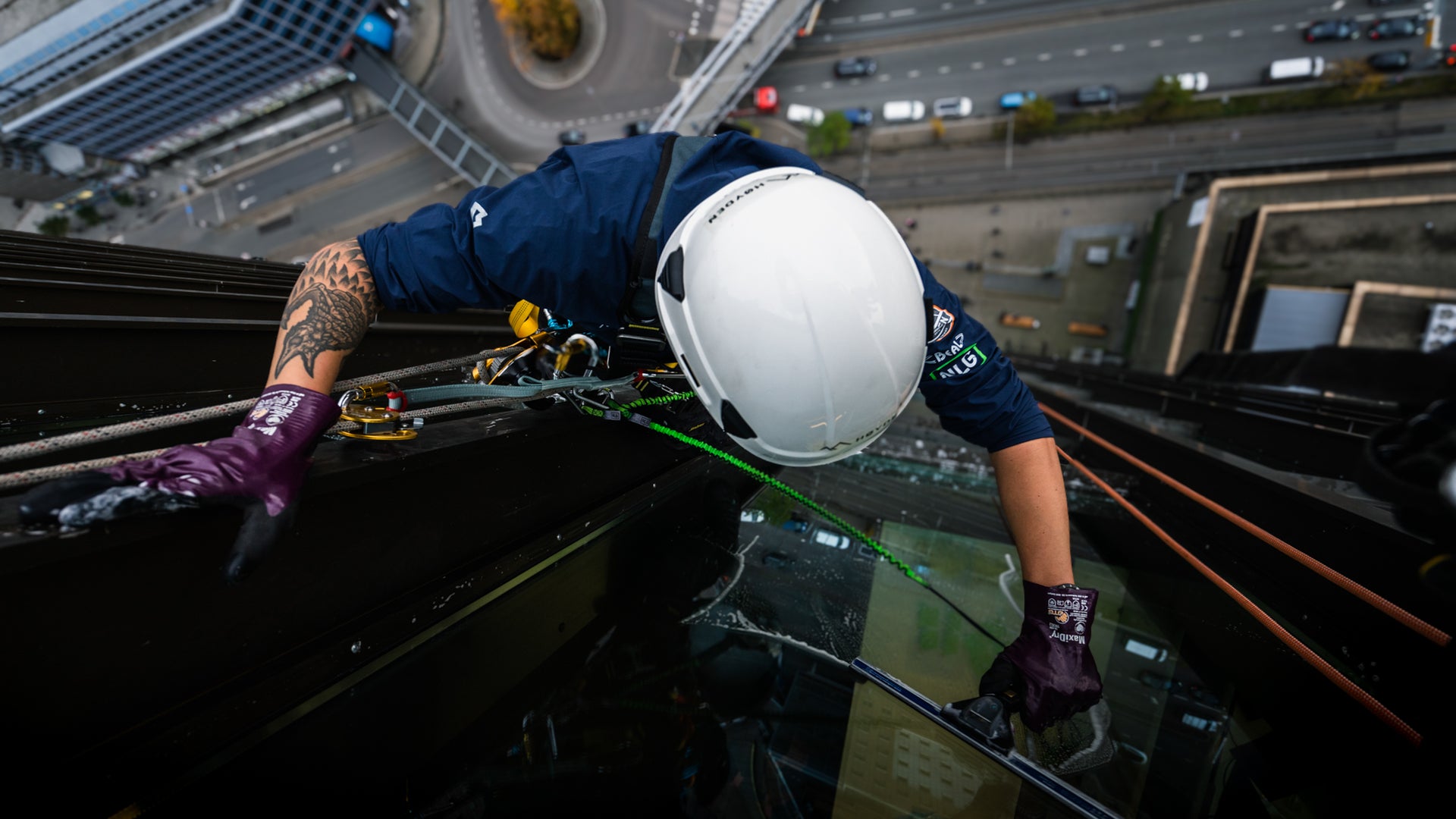
While there are seemingly endless opportunities to get yourself injured on the job, falling from height is up there as one of the worst. It's a leading cause of workplace injury and the top cause of workplace death, according to the Health and Safety Executive (HSE).
Drops from a greater height strongly correlate with more severe trauma and a higher risk of fatality, but you don't actually have to fall all that far to do yourself a mischief. Even small drops can result in a variety of nasty injuries—and unlike the majority of workplace mishaps, the physical trauma sustained from a fall from height is quite likely to be life changing. A bad fall could end your career, or worse still, your life.
Here are some of the most common injuries that can result from falling from height...
More...

Falls from height are one of the biggest causes of workplace fatalities and major injuries which is why it is vital that you protect yourself with PPE equipment.
More...

Never Let Go: Elevate Your Safety with Tool Lanyards
In the bustling world of construction, manufacturing, and various industrial sectors, the importance of safety cannot be overstated. One critical aspect of this is the prevention of dropped tools, which can lead to severe injuries, costly damages, and operational disruptions. Enter the unsung hero of workplace safety: tool lanyards. Among the leading brands championing this cause is Never Let Go (NLG), renowned for their innovative and robust tool lanyards designed to keep your tools secure and your workplace safer.
More...
Monday 13th May – Friday 17th May 2024 is No Falls Week.

Here at Safety Harness Direct, we are passionate about height safety, and we're excited to be supporting the first ever No Falls Week!
More...

Short Answer: There are no legal requirements for at what height a safety harness is required, but the HSE does instruct that suitable fall protection should be implemented in any work environment where there is a risk of falling from a height of 2 metres or higher.
More...

